.“Cities were always like people, showing their varying personalities to the traveler. Depending on the city and on the traveler, there might begin a mutual love or dislike, friendship, or enmity. Where one city will raise a certain individual to glory, it will destroy another who is not suited to its personality. Only through travel can we know where we belong or not, where we are loved and where we are rejected.”
― Roman Payne, Cities & Countries
Armenia is one of the oldest and the most ancient countries connecting Europe with Asia.
Besides being the first Christian country, it is also one of the earliest states on the earth. The powerful state of Urartu already existed on Armenia’s territory in the 9th-6th centuries BC.
Many epochs left their marks on its territory. So, this country is as one of the most interesting in the Old World. It is rich in historical and cultural monuments.
In addition, Armenia is often called an “open-air museum”.
A lot of art and architecture monuments make Armenia a country full of cultural masterpieces.
ANCIENT ARMENIAN CITIES
“The more famous towns in Lesser Armenia are Cæsarea, Aza, and Nicopolis. In the Greater Arsamosata, which lies near the Euphrates, Carcathiocerta upon the Tigris, Tigranocerta which stands on an elevated site. And on a plain adjoining the river Araxes, Artaxata… Claudius Cæsar makes the length (of the country Armenia), from Dascusa to the borders of the Caspian Sea, thirteen hundred miles, and the breadth, from Tigranocerta to Iberia, half that distance. It is a well-known fact, that this country is divided into prefectures, called “Strategies,” some of which singly formed a kingdom in former times; they are one hundred and twenty in number, with barbarous and uncouth names.”
— Pliny the Elder “The Natural History” (6.10)
Tigranocerta (Tigranakert)
The city was the capital of the Armenian Kingdom. Armenian King Tigranes the Great founded it in the first century BC. So, it had the name of the king.
Literally translated, the city’s name means “made by Tigran”. Its location was near the present-day Silvan, east of Diyarbakır modern day Turkey.
In actual fact, Tigranocerta was a really important commercial. It became the cultural center of the Near East.
As Plutarch stated, Tigranocerta was a “rich and beautiful city where every common man and every man of rank studied to adorn it.”
Tigranes had divided Greater Armenia into four major strategic regions. A Roman force under Lucius Lucullus besieged the city in the summer of 69 B.C. But then he was unable to occupy the territory quickly.
By then, Tigranocerta was still an unfinished city. The protection of the city was really good. According to the Greek historian Appian, it had thick and towering walls that stood 25 meters high.
After a lengthy siege, however, Lucullus entered the city and sacked Tigranocerta.
Moreover, the foreign inhabitants destructed the statues and temples. They carried off to Rome a lot of gold and silver.
Tigranes the Great, however, managed to escape north into Armenian Highlands.
In addition, Cicero, a Roman politician, and lawyer said the following about Tigranes.
“Tigranes—who was himself an enemy of the Roman people, and who received our most active enemy in his territories, who struggled against us, who fought pitched battles with us, and who compelled us to combat almost for our very existence and supremacy—is a king to this day, and has obtained by his entreaties the name of a friend and ally, which he had previously forfeited by his hostile and warlike conduct.”
— Cicero, “For Sestius”
Artaxata (Artashat)
King Artashes I founded the city in 176 BC.
Artashat served as the capital of the Kingdom of Armenia from 185 BC to 120 AD.
The city had names like “Vostan Hayots”, “court” as well as the “seal of the Armenians.”
“Artashes traveled to the location of the confluence of the Yeraskh and Metsamor (rivers) and taking a liking to the position of the hills (Mount Ararat), he chose it as the location of his new city, naming it after himself.”
— Armenian historian Movses Khorenatsi
Greek historians Strabo and Plutarch describe Artashat as a large and beautiful city and the royal residence of the country.
According to Plutarch, it was also the royal residence of Tigranes.
Artashes I also built a citadel (later named Khor Virap, the location where the Armenian King Trdat the Great imprisoned Gregory the Illuminator).
Karin (Theodosiopolis,Erzurum)
The Armenian royal dynasty founded the city.
In ancient times, the Armenian City Erzurum existed under the name of Karin.
The partition of Armenia between the Eastern Roman Empire and Sassanid Persia took place in 387 AD. After that, the city passed into the hands of the Romans. They renamed it to Theodosiopolis.
Theodosiopolis held a highly important strategic location. It was fiercely contested in wars between the Byzantines and Persians.
About the middle of the 11th century, it received the name of Arze-el-Rum, contracted then into Arzrum or Erzurum.
YEREVAN – THE CAPITAL OF ARMENIA
Nowadays, there are only a few cities in the world as old as one of the Armenian cities, Yerevan.
The Emperor of Ancient Urartu, Argishti I founded the city in 782 BC. He built a fortress on Arin-Berd hill and named it Erebuni.
The cuneiform writing says: “With the help of great God Haldi the task Argishti, the son of Menua constructed this powerful fortress and named it Erebuni”.
Ancient Yerevan played a considerable role in an economic and political life of Armenia for many years. Besides, it has suffered as much as other Armenian cities. However, Yerevan was not always the capital of Armenia.
Yerevan became the capital of Armenia only in 1920. It was the thirteenth capital. At that time, however, it was a small, uncomfortable, and ruined town. So, intensive constructions began in the 1930s. It was constructed by a “circle” principle.
Since 1936 the city “Yerevan” officially became the city’s new name. Before that, the name was “Erivan“.
In addition, Yerevan is also the largest city of Armenia. A place where the past and the present meet.
Alexander Tamanian, the architect, became the “father” of the modern city.
He created the unique look of Yerevan. The “aristocratic” classical architecture with the skillful use of old architecture elements of Armenian builders created the beautiful Yerevan.
Besides, Tamanian used tuff (it is a stone of volcanic origin, very light, strong and beautiful), which gives the streets an extraordinary diversity. The pink tuff was the most used one.
Consequently, Armenian capital is often called “a pink city”.
Yerevan is a leading industrial, cultural, and scientific center in Caucasus.
There are many places to visit in Yerevan. Lots of delicious food to taste and many shopping centers. The kindness and the warm attitude of the local people will amaze you.
Let’s see some of the most beautiful, interesting and unique sights in Yerevan.
CASCADE
Cascade was built in the 1970s. It is one of the most loved and popular places in Yerevan. In the building of Cascade, there are escalators. There are also free museums on each floor.
Cascade is at the very beginning of the street which has the name of Architect Tamanian.
THE REPUBLIC SQUARE
Republic Square is the heart of Yerevan.
The House of the Government, the House of the Ministries, National Gallery and History Museum are there.
In the center of the square, there are beautiful fountains.
Every day at 9:00 p.m, there is a free show with dancing and colorful fountains.
MATENADARAN
The name “Matenadaran” means a “book-depository” in ancient Armenian.
It is the pride of Armenian culture. Furthermore, Matenadaran is the world’s largest storage of ancient manuscripts.
Matenadaran has special value as an art museum. It has unique collections of book paintings, arts, and crafts, handwritten books.
Over 10,000 manuscripts in the world are at the Matenadaran.
OTHER SIGHTS
National Art Gallery and History Museum
The Art Gallery of Armenia in the post-Soviet space is one of the largest museums ever. It keeps the largest collection of Armenian art in the world.
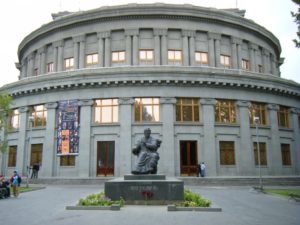
Opera building, Freedom Square
The most famous Armenian architect Alexander Tamanyan designed the Opera and Ballet Theatre (built in 1926-1963).
The Theater Square or Freedom Square is on the opposite of the South side of the building, with statues of writer Hovhannes Tumanyan and composer Alexander Spendiaryan.
Together with the Republic Square, the Freedom Square is one of the two main squares in central Yerevan.
Tsitsernakaberd
This memorial is dedicated to over 1.5 million victims of the Armenian Genocide.
GYUMRI, THE SECOND LARGEST CITY
Gyumri is the second biggest city in Armenia. It lies on the Shirak plateau.
Gyumri is also an industrial center. There is a cultural reserve, a historical reserve, a regional museum, picture gallery. It is 126 km far from Yerevan.
In the old times and the Middle Ages, the city’s name was Kumayri, then Gyumri until 1837. It had the name Alexandropol from 1837 till 1924 and Leninakan between 1924 and 1990. The city has the name Gyumri since 1990.
It’s also one of the most popular cities of Armenia. Mostly, the population very friendly and always ready to help everyone.
Besides, they have a very good sense of humor. You can feel it at the very first moment you meet or come across a native Gyumri resident!
Other than that, there are five churches, an Orthodox chapel, and a monastery. The most gorgeous and valuable among the churches is the Amenaprkich Church (Church of the Saviour).
Another beautiful place of interest is also the Monument of Vardan Mamikonyan. It was opened in honor of the national Armenian hero, the protector of Christian belief, Commander Vardan. In the Battle of Avarayr Iranian Sasanids killed him on 26 May 451.
Additionally, Sparapet (Commander) Vardan Mamikonyan and the soldiers killed together with him were sainted by the Armenian Apostolic Church.
The Black Fortress is a massive abandoned Russian Imperial fortress. It sits on the western border of the city. The fortress was built after the Russo-Turkish War between 1834 -1847.
The UNESCO World Heritage sites, Haghpat and Sanahin Monasteries are located around 2 hours northeast of the city. Not to mention that every history lover should definitely visit the place!
IJEVAN
The center of Tavush region, Ijevan city is 142km north from Yerevan.
It is interesting to know that about 60% of forests in Armenia are in this region. Ijevan mountains are all covered by forests
Lastiver is full of forests and green zones. Cave, desert, swift river, small and huge waterfalls, forest and wonderful nature… Is this heaven?
Tourists as well as locals, choose a tour and come to see this awesome place. Even the road which takes you to there is very interesting and attractive.
Here are various photos of the beautiful place.
photos were taken by PanArmenian.
OTHER ARMENIAN CITIES
VANADZOR
One of the most beautiful cities in Armenia is Vanadzor. It is in Lori Province, in the north part of Armenia. The distance between Yerevan and Vanadzor is 120 km. Vanadzor is also the third largest city.
The city name was Martunakan till 1920. In the same year, Armenia became a Soviet Union state. After that, particularly in 1935, the city was named Kirovakan. However, during the end of the 20th century, the history of Armenia took a new turn. In 1991, Armenia was declared an independent Republic. So, after some time the city was renamed Vanadzor (1992).
There are surely many places to visit and enjoy your time in this city.
Vanadzor Botanical Garden is also famous among tourists for its beautiful and unique plants.
More than 1000 kinds of plants grow there.
- The Central Park of Vanadzor, Armenia
- Hayk Square, Yerevan, Armenia
- Church of the Holy Mother of God
HRAZDAN
- The central Kentron district, Yerevan, Armenia
- Cemetery of fallen soldiers in Artsakh (Hrazdan, Vanatur distr.)


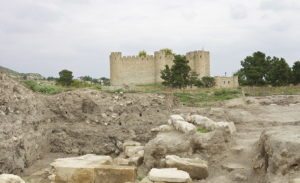
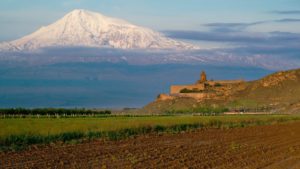
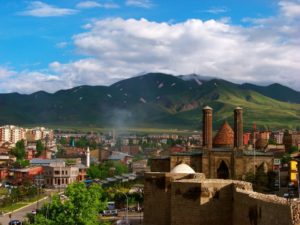
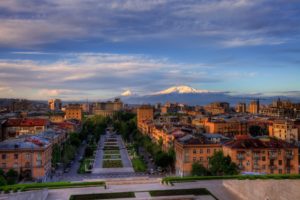
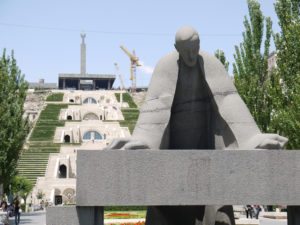
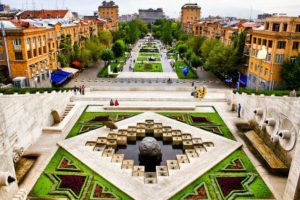
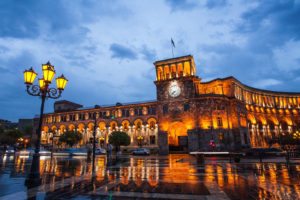
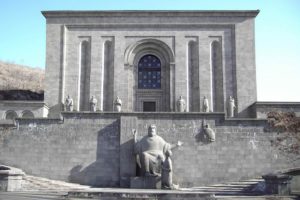

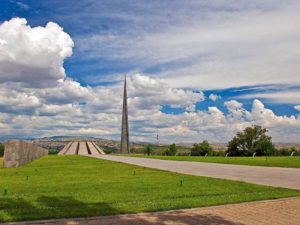
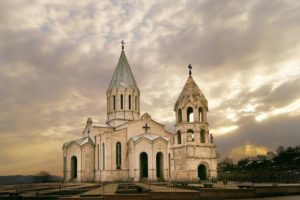
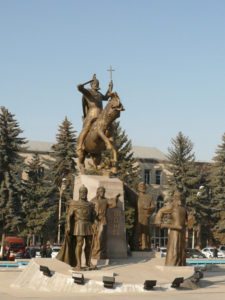
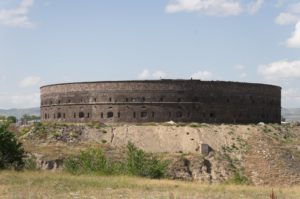
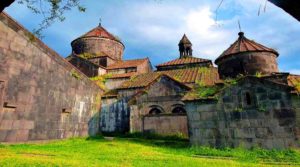
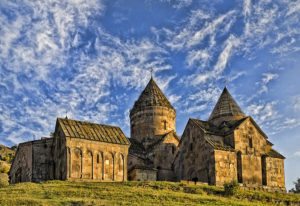




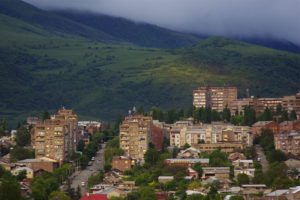
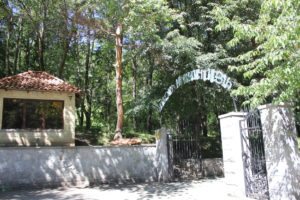



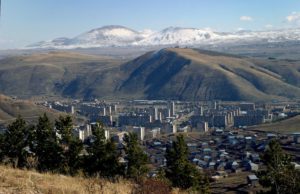







Leave a Comment